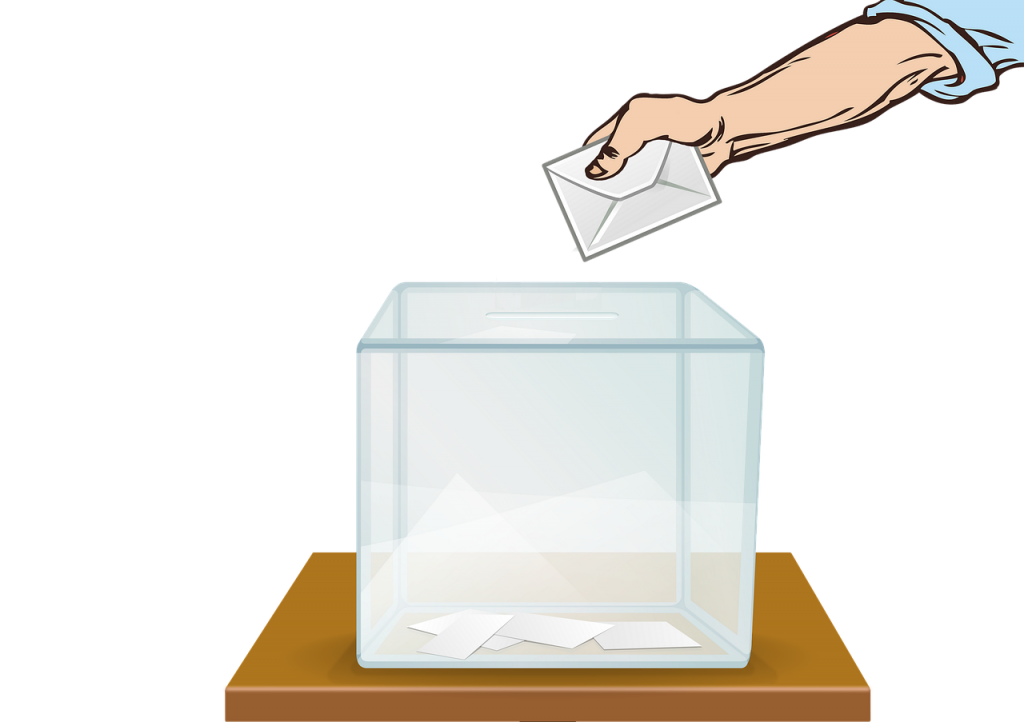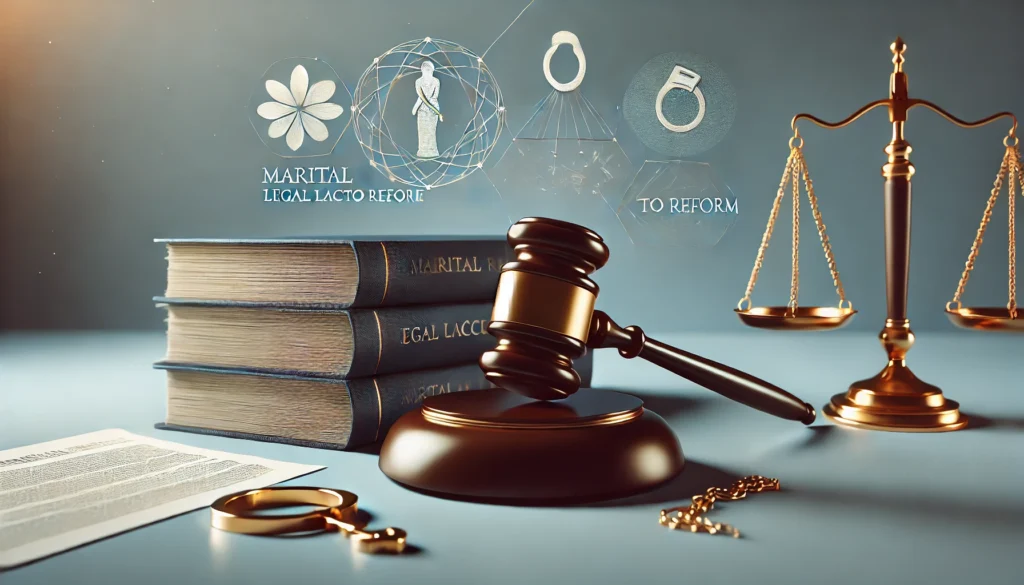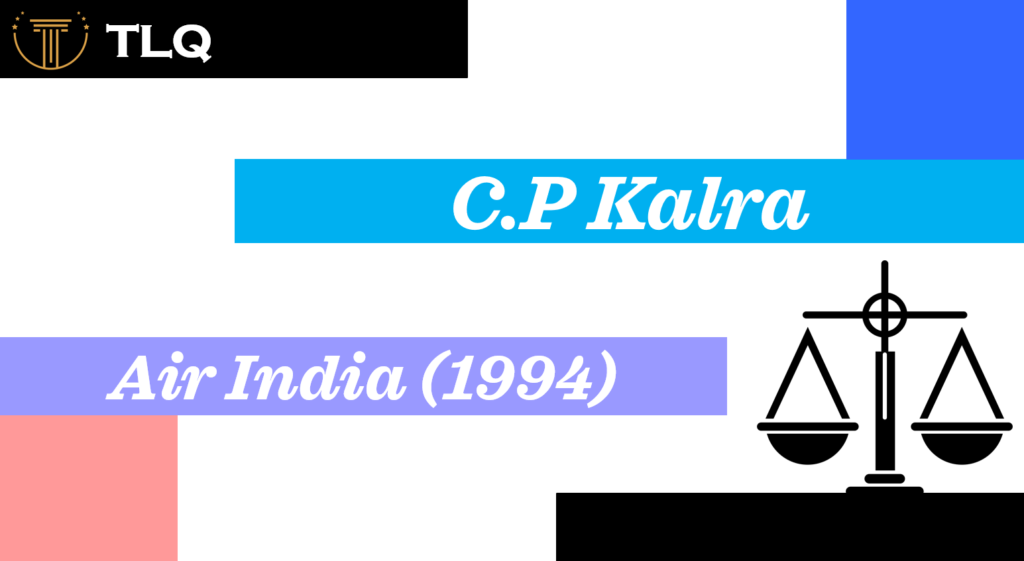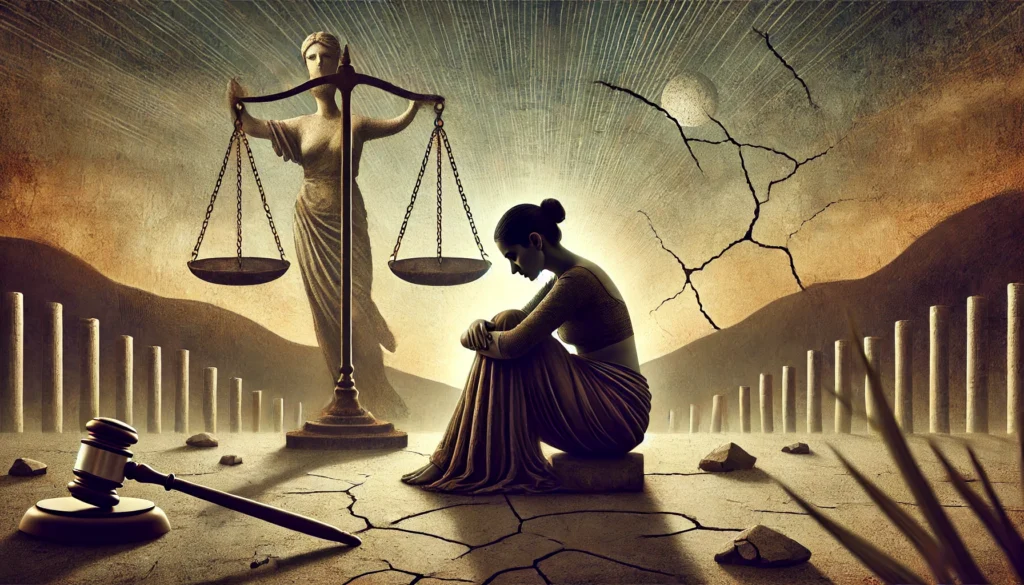Published On: 26th June, 2024
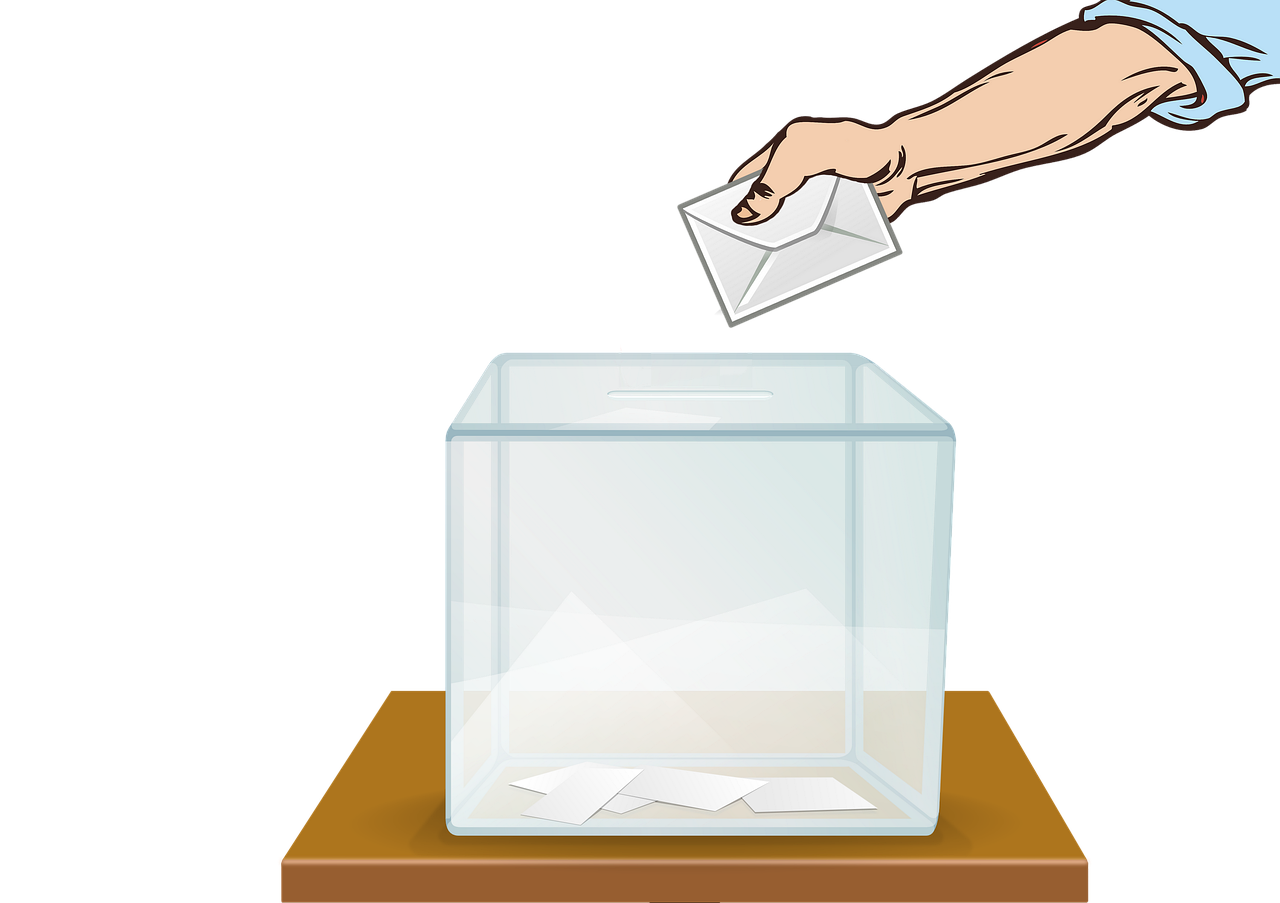
ABSTRACT
As India, known as the ‘Mother of Democracy’, prepares for its upcoming elections, it is essential for citizens to actively engage in the democratic process. While the right to vote is a fundamental aspect of democracy, the question arises whether abstaining from voting should also be considered a valid choice. In India, elections are conducted at both state and national levels, with the ‘simple majority’ system determining the formation of the government. However, the concept of protest voting through the NOTA (None Of The Above) option raises important questions about its impact on the electoral outcome. Instead of refraining from voting altogether, perhaps it is more effective to choose the most preferable candidate available. This shift in perspective is crucial in ensuring that democracy is upheld and individuals take responsibility for shaping the future governance of the nation.
KEYWORDS
Understanding the voting system in India, what is NOTA, why it was introduced, why citizens need NOTA, effects of NOTA on election, its advantages, disadvantages and suggestions, and conclusion.
INTRODUCTION
NOTA, an abbreviated form of ‘‘none of the above,’’ permits voters to show their dissatisfaction with all candidates competing in their constituency during an election. This provision enables individuals to formally indicate a rejection of all contenders, demonstrating a position of disapproval or lack of confidence in the available choices. On Indian electronic voting machines, the NOTA button is positioned at the bottom of the candidate list, making it more accessible to voters compared to the previous method of casting a negative ballot.
Right to vote
The right to vote in India has evolved over time, starting from being nonexistent during colonial rule to being gradually introduced through various legislative reforms. Initially, only privileged individuals meeting specific criteria were allowed to vote, but this changed with the enactment of the Government of India Act, of 1919, which introduced a diarchy and expanded the number of members in legislative assemblies. Despite limitations like communal and class electorates, some women were granted the right to vote for the first time in 1919.
Subsequent recommendations and reforms, such as those proposed by the Simon Commission in 1927 and enacted in 1935, further expanded voting rights, eventually leading to a universal adult franchise after India gained independence. This principle, ensuring the right to vote without discrimination, was enshrined in the country’s democratic foundation and remains a fundamental aspect of the electoral system.
Universal Adult Franchise
The universal adult franchise ensures that every citizen in the country has the right to vote, regardless of gender, caste, religion, or race, with the only exception being age. The term “franchise” originates from the French word “franc,” which means free, indicating that people freely exercise their right to choose their representatives who will govern the country. This principle is protected under Article 326 of the Indian Constitution.
To be eligible to vote in the country, a person must be an Indian citizen, at least 18 years old, of sound mind, and not disqualified by law or the courts. Each individual is entitled to one vote, and a Voter ID card or photo identity election card is required as proof of identity. Additionally, a person can only cast their vote in the constituency where they reside.[1]
WHEN WAS NOTA INTRODUCED?
Nota was introduced in 2013 during Assembly elections in five states following a Supreme Court ruling in the PUCL v. Union of India[2] case. The case of People’s Union for Civil Liberty v. Union of India in 2013 introduced the concept of NOTA, allowing voters to reject all contesting parties if they find none suitable, in alignment with the freedom of speech and expression under Article 19(1)(a). This ensured that voters could freely make their choices without fear of victimization or disclosure of their votes. The case also emphasized the right to challenge any violation of voting rights in court, as seen in previous legal precedents like Kochunni vs. State of Madras, 1959, and Daryao vs. State of U.P, 1962.
Before the formal inclusion of NOTA in voting processes, citizens had the option to reject all candidates using a ‘Ballot Paper’. In a democratic country like India, where citizen rights are emphasized, NOTA became a necessary option to maintain fairness in elections.
The Election Commission emphasized the need for a ‘none of the above’ or NOTA option on EVMs and ballot papers to allow voters to express their disapproval if none of the candidates appealed to them. This move was seen as a way to improve the fairness of elections, empower voters, and prevent fraudulent voting, thus promoting transparency and accountability in the electoral process.[3]
Why NOTA?
The decision to introduce the “None Of The Above” (NOTA) option in the electoral process stemmed from the belief that allowing people to express their dissatisfaction would increase participation in voting. A NOTA vote is unique in that it is neutral and doesn’t contribute to the final count, unlike a negative vote. The inclusion of NOTA in the 2013 Supreme Court ruling was seen as a measure to push political parties to nominate more suitable candidates, despite its lack of numerical significance. NOTA ( None of the above) gives voters the ability to register their dissatisfaction with the candidates listed on the ballot, making it a valuable tool for expressing dissent.
Advantages of NOTA
NOTA offers several advantages which are as follows:
- Ensuring equality, it does not discriminate on the basis of caste, creed, and gender, which helps in ensuring equality of opportunity to not choose.
- Maintaining secrecy, NOTA provides a valuable opportunity by allowing voters to maintain secrecy when they do not wish to support any of the available candidates.
- Promoting fair elections, this option enhances the fairness of elections by giving citizens a way to express their dissatisfaction when there are no desirable candidates to vote for.
- Encouraging the selection of desirable candidates, choosing NOTA can send a clear message that more responsible parties are needed, encouraging the formation of new parties with better agendas.
- Increasing voter participation, is a legitimate way to dissent against unsuitable candidates.
- Preserving freedom of expression, proves the freedom to express dissatisfaction with the candidates.
- Preventing bogus voting, by increasing voter participation and providing NOTA helps prevent bogus voting and ensures more genuine election outcomes.[4]
Disadvantages of NOTA
NOTA has advantages but it also poses disadvantages, such as:
- Potentially acting as a barrier for political parties,
- Being misused by both citizens and political parties, and
- Being ineffective in securing the desired outcome when it receives the highest number of votes.
Legislation related to NOTA
Laws relating to NOTA are:
- Section 79(d) of the Representation of Peoples Act
- Article 324 of the Indian Constitution [5]
The introduction of NOTA is supported by relevant legislation. The UDHR and ICCPR mention the importance of a secret ballot for ensuring voters’ free expression. In India, the Representation of Peoples Act and the Constitution also uphold the right to vote or abstain from voting, with provisions for maintaining secrecy. NOTA was first introduced in the Rajya Sabha elections in 2014 and a symbol was created in 2015 for easy identification. NOTA allows voters to express their dissatisfaction with listed candidates while maintaining the secrecy of their decision. The main goal of NOTA is to give voters the option to disapprove of all candidates without revealing their choice. Article 25(b) of the International Covenant on Civil and Political Rights (ICCPR) and Article 21(3) of the Universal Declaration of Human Rights (UDHR).
What if NOTA Votes are in the Majority?
NOTA, or the concept of negative voting, is recognized in 13 countries, with varying effects on election results. In India, if NOTA receives the most votes, it doesn’t change the outcome; the candidate with the next highest number of votes wins. This feature does not modify election results but showcases public sentiment. The presence of NOTA implies criticism without rejection, affecting Indian Democracy where the candidate with the most votes, even if it’s just one, emerges victorious.
While NOTA appears symbolic with no legal grounds in India, its significance is debated. Although it triggers re-election if votes cross a certain threshold, the absence of the Right to Recall weakens its impact. Despite these limitations, NOTA has positive outcomes, like promoting voter participation and holding political parties accountable. It signifies a maturing democracy by allowing voters to express their dissatisfaction with candidate choices and guiding parties to nominate deserving candidates. Ultimately, NOTA enhances democracy by offering a signal to political parties and preserving the secrecy of the voting process.
It was observed that reserved constituencies tend to have higher percentages of NOTA votes, possibly indicating greater grievances among tribal and SCs. From 2013 to 2019, NOTA received a small percentage of total votes, with certain states like Bihar, Andhra Pradesh, and Chhattisgarh recording higher NOTA percentages. Gujarat, Bihar, and Jharkhand had the highest share of NOTA votes in 2014, as per an analysis by the Quantum Hub.
The Supreme Court has scrapped the use of the ‘None Of The Above’ (NOTA) option for the Rajya Sabha
In the Shailesh Manubhai Parmar v. Election Commission of India Through The Chief Election Commissioner & Others[6] case, the Supreme Court bench led by Chief Justice of India Dipak Misra, along with Justice A.M. Khanwilkar and Justice D.Y. Chandrachud, invalidated the Election Commission’s circulars that brought in the None Of The Above (NOTA) option for voters in the Rajya Sabha election.
The Supreme Court decided to eliminate the option of ‘None Of The Above’ (NOTA) in the Rajya Sabha elections. This decision was made because the NOTA option is only suitable for universal adult suffrage and direct elections, not for elections conducted through proportional representation like in the Rajya Sabha. According to the court, the inclusion of NOTA in Rajya Sabha polls goes against Article 80(4) of the constitution and a previous Supreme Court ruling. NOTA in indirect elections like Rajya Sabha can undermine democratic values, encourage malpractices, and hinder the accountability of representatives. The introduction of NOTA in Rajya Sabha elections would also violate the principle of voting secrecy and could lead to corruption and defection among members.[7]
How to correct voters?
The main challenge is how to address the issue of voters being influenced by corrupt practices before blaming political parties and candidates. People often vote based on what they can gain personally, rather than considering the collective welfare of the community. For example, in a recent village election, some voters were swayed by bribes such as money, beer bottles, and kitchen appliances offered by candidates. To bring about change in the corrupt political system, voters need to change their mindset and reject these offerings. They should instead focus on selecting ethical, deserving candidates and understand the importance of their vote in shaping the future of their constituency.
While the introduction of NOTA has given voters a voice, more action is needed to improve the electoral process. By rejecting candidates through NOTA and calling for re-elections, citizens can hold political parties accountable and bring about meaningful change in the democratic system. Voters must resist the temptation of freebies and elect candidates who are truly dedicated to serving the community. This shift in voter behavior is essential for driving positive change in political parties and ensuring a truly democratic process in India.
SUGGESTIONS
To enhance the effectiveness of NOTA, suggestions include holding re-elections in constituencies where NOTA receives the highest votes, appointing the governor as the ruler if re-election is not feasible, and disabling the NOTA option during re-elections to prevent its misuse. Additionally, political parties that lose during NOTA elections should not be allowed to participate in re-elections.
CONCLUSION
The Introduction of NOTA has been viewed as a significant step for democracy as it boosts voter participation and sends a clear message to political parties. However, for NOTA to truly be effective, voters need to change their mindset and not be swayed by pre-election incentives. The ultimate goal should be to have a system where candidates are disqualified if the majority votes go to NOTA, leading to re-elections with new candidates. This would truly embody the spirit of democracy in India.
Reference(s):
- Monesh Mehndiratta, Right to Vote, Ipleaders, 19 May 2022, https://blog.ipleaders.in/right-to-vote/#NOTA.
- The Indian Kanoon, https://indiankanoon.org/doc/58263027/, 25th May, 2024.
- Nandani Singh, Lok Sabha elections: What is Nota, and how can it affect the polls? Business Standard, 13 May 2024, https://www.business-standard.com/elections/lok-sabha-election/lok-sabha-elections-what-is-nota-and-how-can-it-affect-the-polls-124051300419_1.html
- Khushi Sharma, NOTA option in Election – boon or bane, Ipleaders, 7 January 2021, https://blog.ipleaders.in/nota-option-election-boon-bane/#People%E2%80%99s_Union_for_Civil_Liberty_v_Union_of_India_2013.
- Shailee Mishra, NOTA: Contemporary Relevance, Ipleaders, July 2, 2020, https://blog.ipleaders.in/nota-contemporary-relevance/#Relevant_Legislation_which_supports_Introduction_of_Nota.
- The Indian Kanoon, https://indiankanoon.org/doc/178782508/, 25th May, 2024.
- Krishnadas Rajagopal, Supreme Court scraps NOTA option for Rajya Sabha polls, The Hindu, 3 December, 2021, https://www.thehindu.com/news/national/nota-cannot-be-permitted-in-rajya-sabha-polls-says-supreme-court/article61501686.ece.
- People’S Union For Civil Liberties & Anr vs Union Of India & Anr on 27 September, 2013, https://indiankanoon.org/doc/58263027/
- Shailesh Manubhai Parmar vs Election Commission Of India on 21 August, 2018, Equivalent citations: AIR 2018 SUPREME COURT 3918, 2018 (9) SCC 100, (2018) 10 SCALE 52, (2018) 3 ESC 488, (2018) 6 BOM CR 62, (2018) 7 MAD LJ 476, 2018 (8) ADJ 91 NOC, 2019 (135) ALR SOC 5 (SC), 2019 (197) AIC (SOC) 5 (SC), (2019) 1 GUJ LR 333, AIR 2018 SC (CIV) 2837, AIRONLINE 2018 SC 134
[1] https://blog.ipleaders.in/right-to-vote/#NOTA
[2] https://indiankanoon.org/doc/58263027/
[3] https://www.business-standard.com/elections/lok-sabha-election/lok-sabha-elections-what-is-nota-and-how-can-it-affect-the-polls-124051300419_1.html
[4] https://blog.ipleaders.in/nota-option-election-boon-bane/#People%E2%80%99s_Union_for_Civil_Liberty_v_Union_of_India_2013
[5] https://blog.ipleaders.in/nota-contemporary-relevance/#Relevant_Legislation_which_supports_Introduction_of_Nota
[6] https://indiankanoon.org/doc/178782508/
[7] https://www.thehindu.com/news/national/nota-cannot-be-permitted-in-rajya-sabha-polls-says-supreme-court/article61501686.ece

